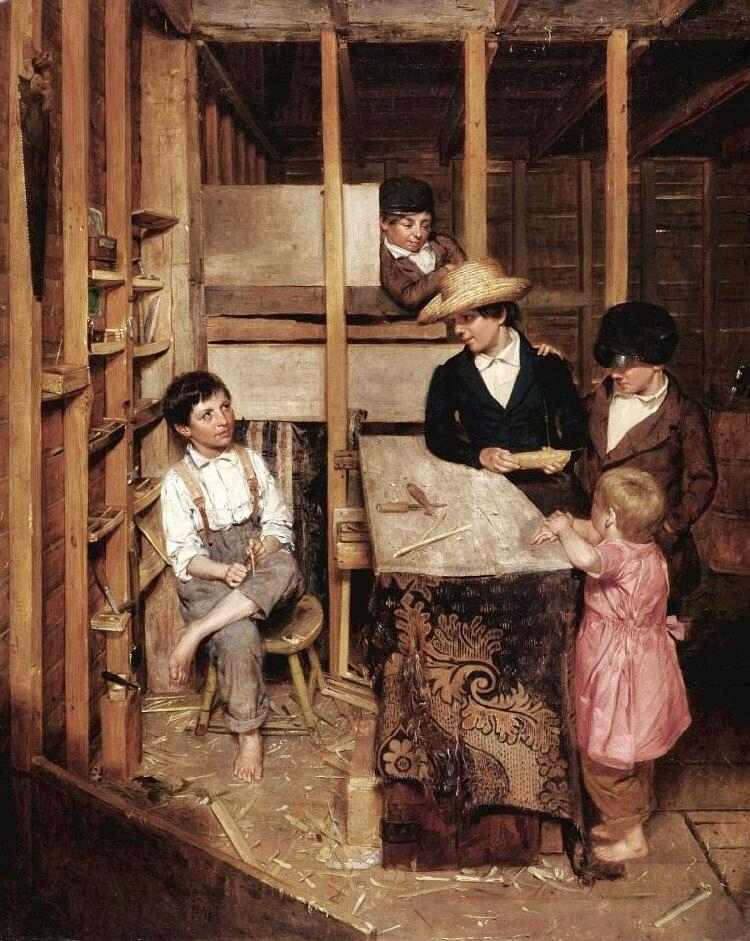
Figure 1.--Some of Smith's genre paintings seem to be lost. This is perhaps ib best known work, "The Young Mechanic", pasinted in 1848. |

|
Allen Smith Jr. was born in 1810. We do not yet know much about his childhood. He apperently grew up in New York.
Smith studied art in New York City.
Smith began working in New York (about 1830). His early work was a mixture of landscape, still-life, and genre paintings as well as portraits. Smith settled in Cleveland, Ohio (1841). After moving to the Midwest, he shifted primarily to portraits because rhey sold the best. We are not sure that his portraits were his forte, but they sold the best. Apparently Americans wanted portraits of themselves and their family. He was good enough that unlike many naive artists, he could compete with photographic studios. His important important portrait commissions came in the Midwest. He apparently liked to do genre scenes and ne of his best is "The Young Mechnic" (1848). He exhibited some of his genre paintings at the National Academy of Design (1842) and with the American Art-Union 1846-49). "The Young Mechanic" was exhibited at the Art-Union Ununion. Earlier genre paintings have apparently been lost. The realism impressed contempraries. We seen it as a view of America at mid-century just as America was embarking on the industrial revolution. His life span caught America's transition from an agricultural country to an industrial titan. The word "mechanic" at mid-century seems to mean a skilled person who works with his hands, and not the modern context of working with machinery. The title figure is the boy seated behind the counter of his father's workshop. His father probably was a carpenter. Presunably the working-class boy has been hired by the well dressed boy . This boy needs a new mast for his toy sail boat, but is presumably not a skilled whittler. The realism is what practical Mid-Westeners wanted in their art. Other popular Midwestern artists were Cincinnatiís Lilly Martin Spencer (1822-1902) and James H. Neard. He was adversely affected by the Panic of 1857. He had to find employment by working in James F. Ryderís studio.
Smith had eight children which meant that he needed a steady income.
There are all kinfs of interesting fashion details with the added affition of color that 1840s pgotograpohs cannot provide. The portrait is a welcome addition to what we have learned from 1840s photographic portraits. The main subject is the Young Mexchanic himself, sitting behind the counter whittling. He wears a plain shirt weith suspenders holding ujp his trousers. Mote he wears long trousers. Knee pants are clearly not being worn yet. Even the little boy in the dress/smock wears long pants. The well-to-do boy in the straw hat wears a jacket (probanly with lapels). The hat is a rough weave. It may have been made in America as gold was just being discovered in California. He porobably is wearing shoes. The other tweo boys seemed to be drssed alike and wear peaked military caps. The little boy appasrently has vbeen nreeched, but still wears a pink dress-smock. We do not know how common pinlk was for a boy. Perhaps he has an older sister. And of course modern color conventions had not yet been set. Nor do we know how common it was for boys to wear trousers with dresses. We have noted kne pants with kilts, but usually we see noys and girls wearing pantalettes with dresses. Perhaps mothee saw this as a smock. Notice the bow at the back.
